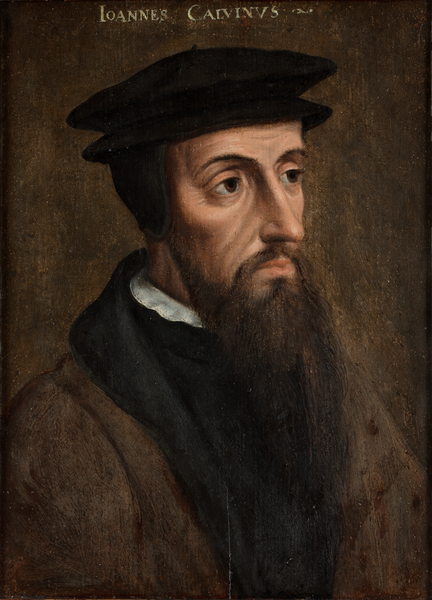by Ken Hamrick


This is an informal discussion of the concluding part of John Murray’s book, The Imputation of Adam’s Sin, (Phillipsburg, NJ: Wm. B. Eerdman, 1959). As a Realist, I disagree with Murray’s Representationist view (which is also a Nominalistic Federal view).
Realism is the biblical principle of a shared identity grounded in a spiritual union or singularity of spiritual origin–and more broadly, Realism is a paradigm in which God’s justice depends on substantial reality; whereas Nominalism is the denial of any identifying union of immaterial substance within the man, Adam–and more broadly, it is a paradigm in which substantial reality is not necessary to God’s justice. Realists, from their paradigm, seek a justice that is commensurate with the facts of substantial reality and find it in a real union of immaterial substance inside Adam; whereas Nominalists see no necessity for justice to be dependent on the facts of substantial reality, but instead, include the nonsubstantial thoughts of God as sufficient ground for justice, and so they are content to locate man’s union with Adam as inside God’s mind alone.
Continue reading “The Phantom Reality of Representationism”


